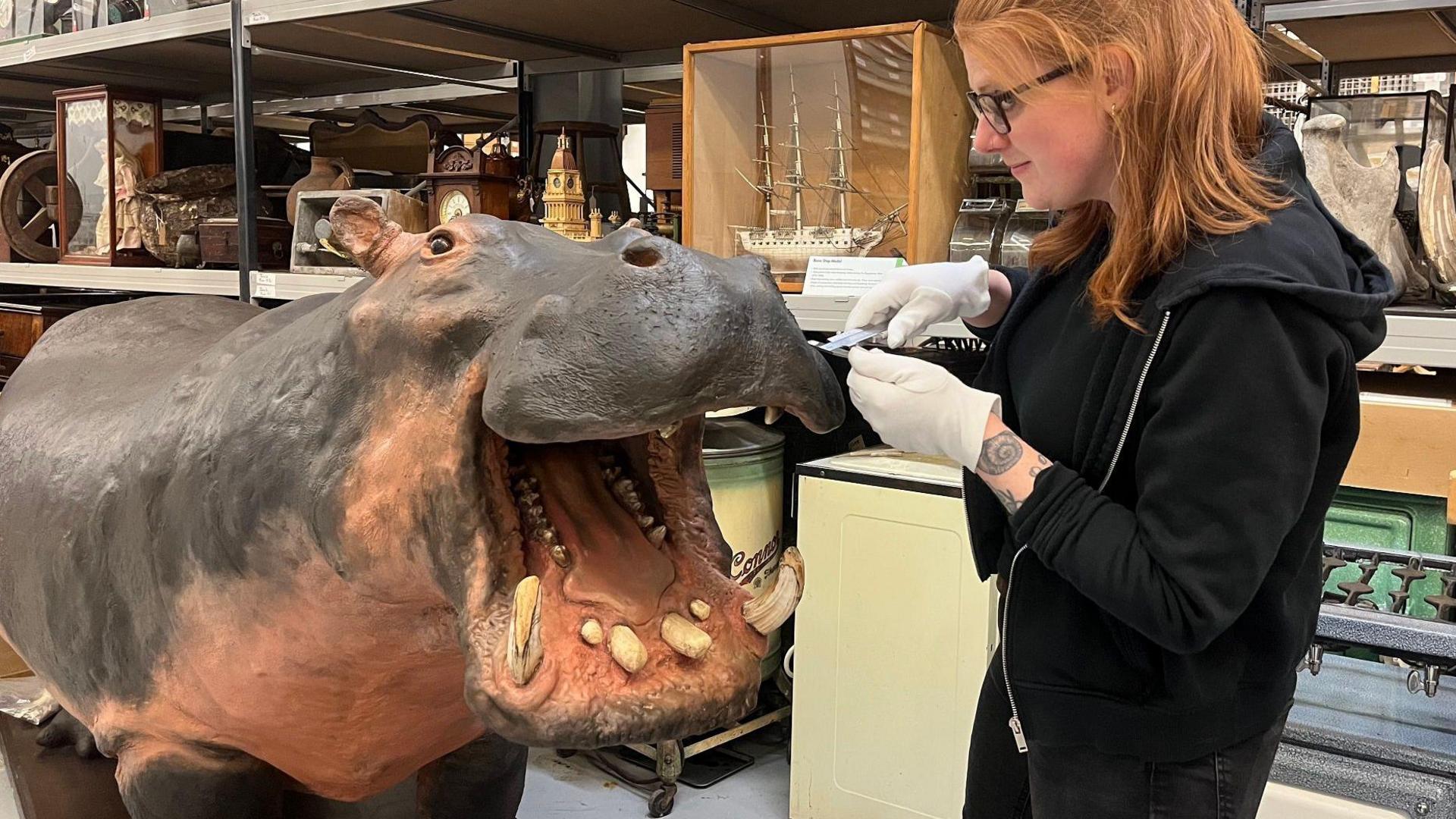Clean bill of health for giant bird skeleton
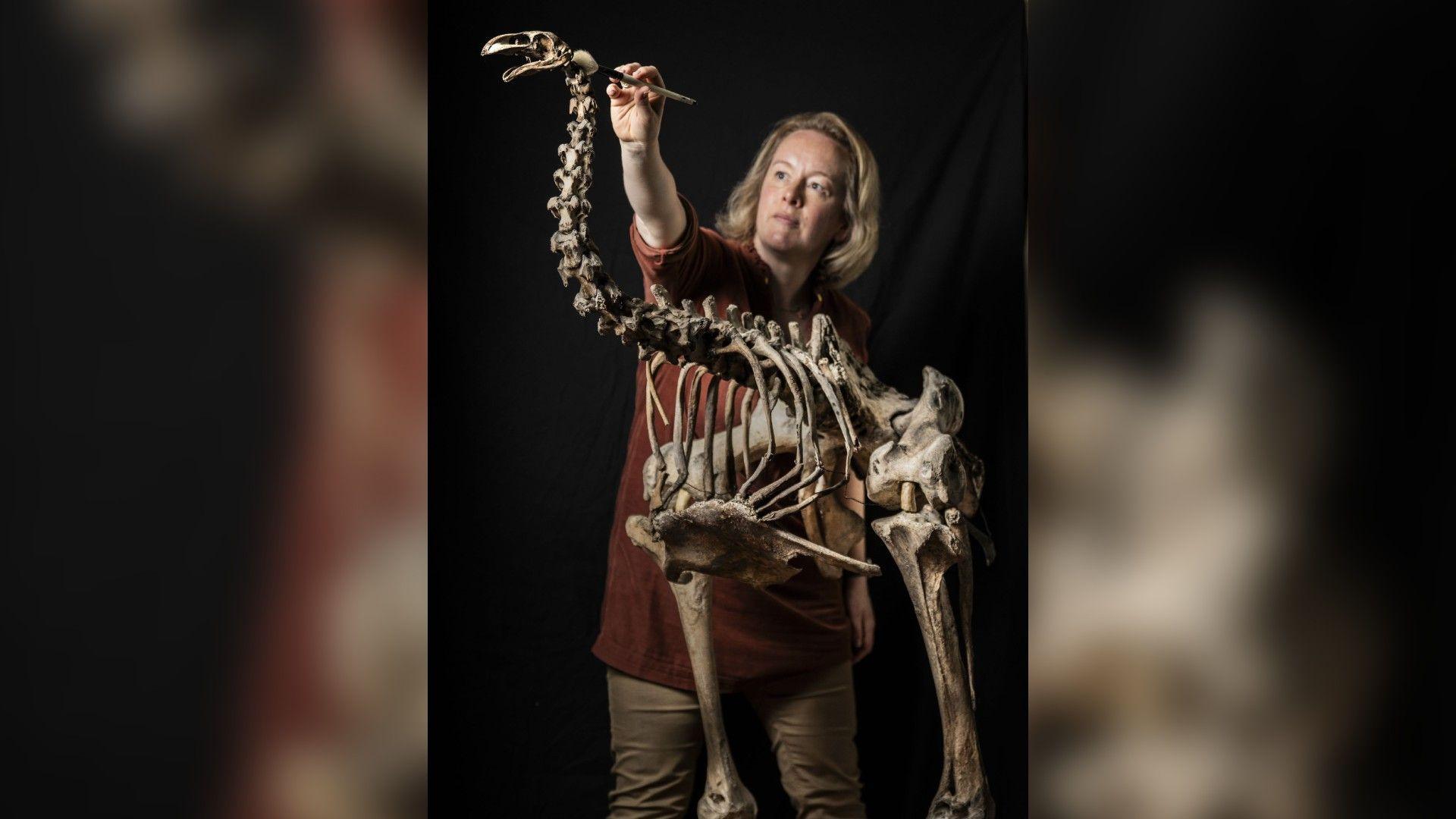
Experts carry out regular condition checks on the skeleton to make sure it is kept in good condition
- Published
The giant skeletal remains of a rare bird stored at Leeds Museum have been given a clean bill of health by curators.
The skeleton of the heavy-footed moa, an enormous flightless bird which once roamed parts of New Zealand 570 years ago, were first brought to the city in 1868.
At the time the skeleton was the only example of the species in the country outside the British Museum in London.
The remains have now been carefully cleaned by experts and checked over for signs of deterioration to ensure the bird can continue to be seen by future generations.
According to Leeds Museum, the bird was brought to West Yorkshire after it was acquired by Henry Denny, the then curator of the Leeds Philosophical and Literary Society.
Like many objects in the Leeds collection, it was damaged in 1941 after Philosophical Hall - then the city's museum - was bombed during World War II.
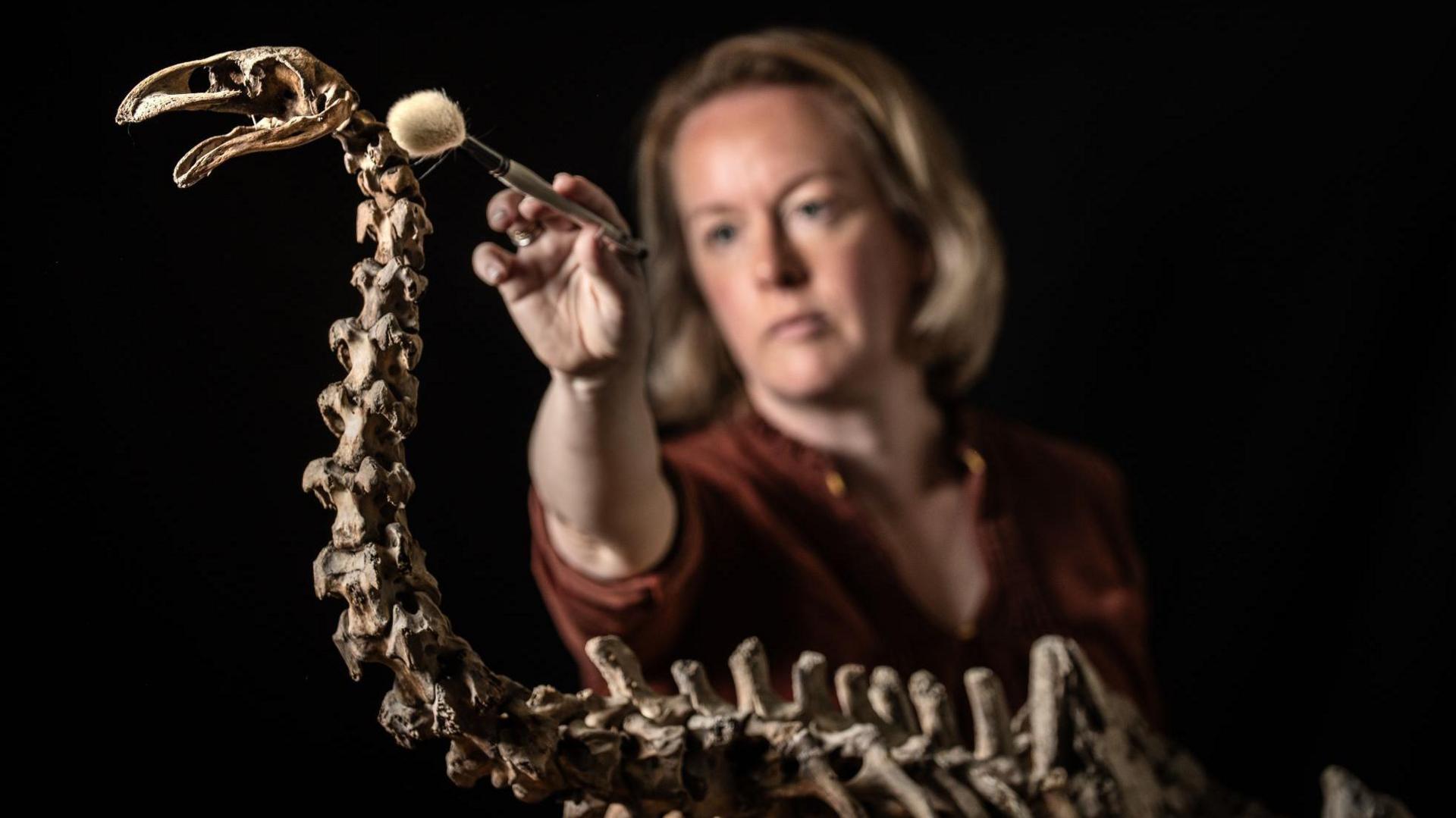
Curators said its display captured the astonishing diversity of the animal kingdom both past and present
In 2011 curators rediscovered the bird's bones and, after a full restoration, they were put on display in the Leeds City Museum's collectors cabinet.
Driven to extinction by hunting and deforestation around 570 years ago, the species was one of the largest birds which ever existed, standing almost 6ft (1.8m) tall and weighing more than 300 lbs (136kg).
Clare Brown, Leeds Museums and Galleries' curator of natural sciences, said: "The moa is a truly historic specimen which really captures the imagination and brings a completely different world inhabited by extinct and bizarre giants to life.
"Having animals like this on display is not only a fascinating glimpse into a bygone era, it's a thought-provoking reminder of our responsibility to do what we can to protect the natural world both now and in the future."
The moa is one of a number of extinct species on display at the museum including a dodo and giant Irish elk.
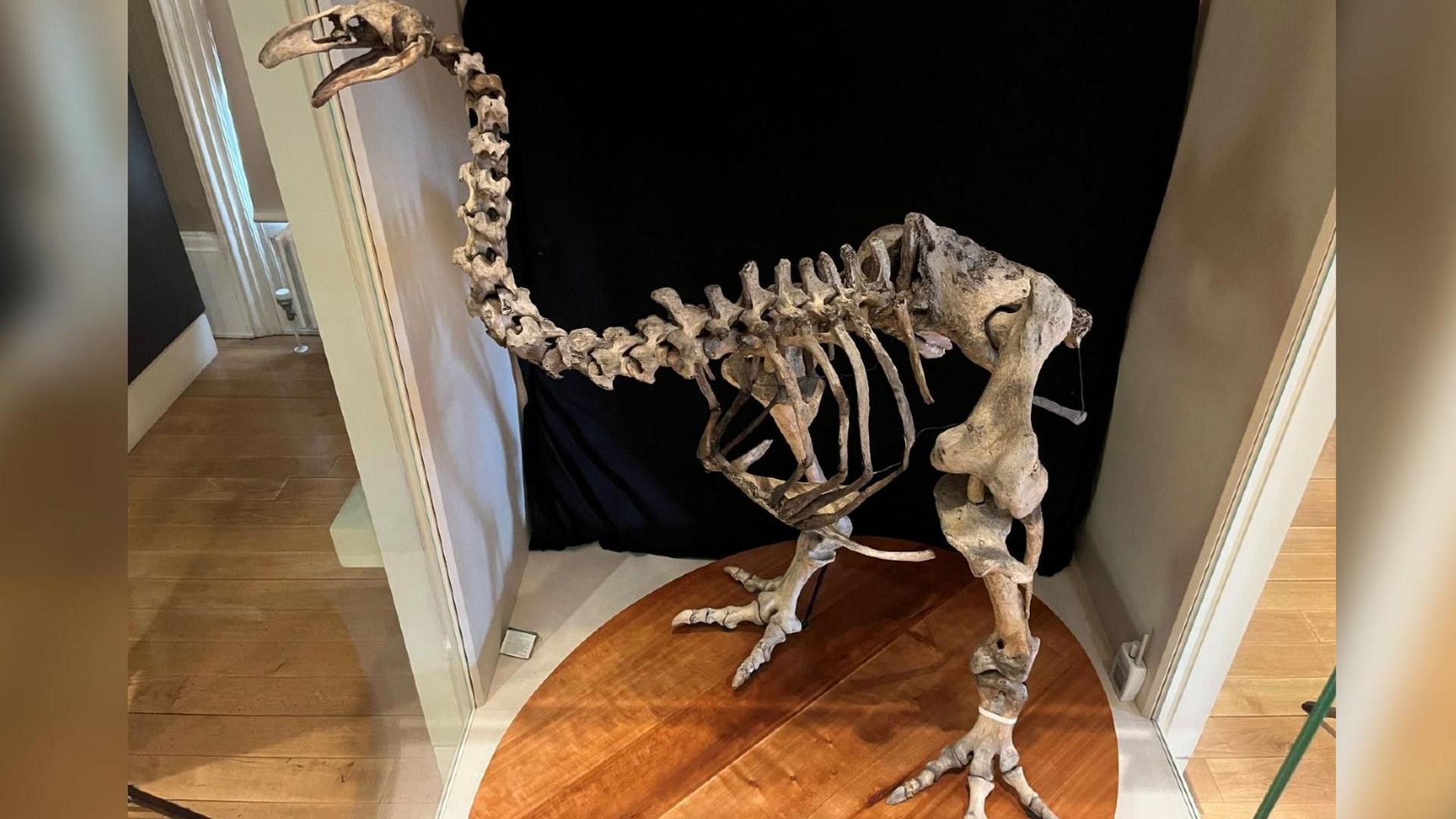
The heavy-footed moa was known for its sturdy legs and large feet
Get in touch
Tell us which stories we should cover in Yorkshire
Listen to highlights from West Yorkshire on BBC Sounds, catch up with the latest episode of Look North.
More stories like this
- Published11 February 2024
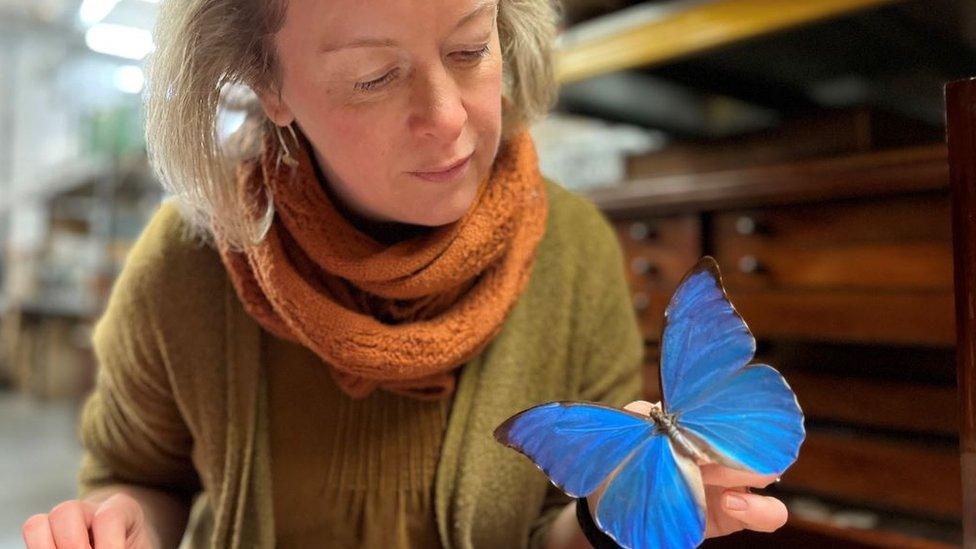
- Published3 June
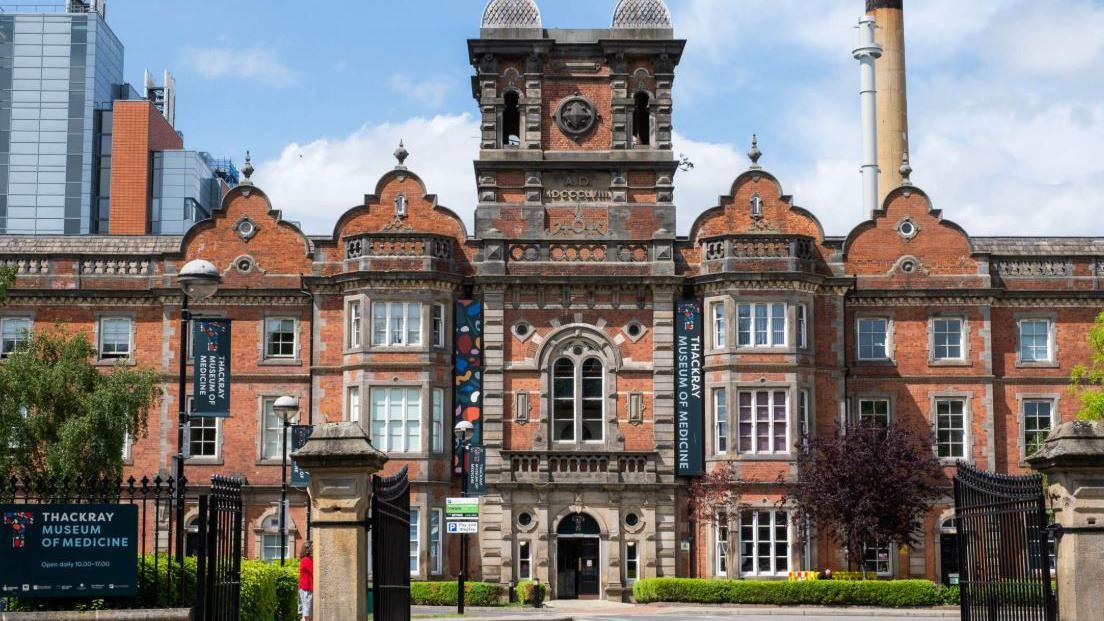
- Published21 April
